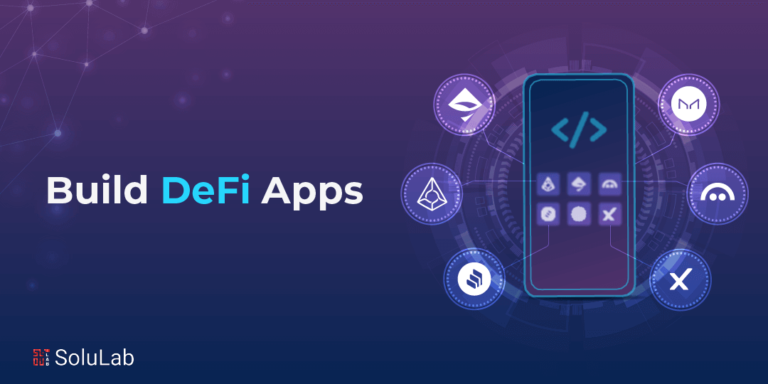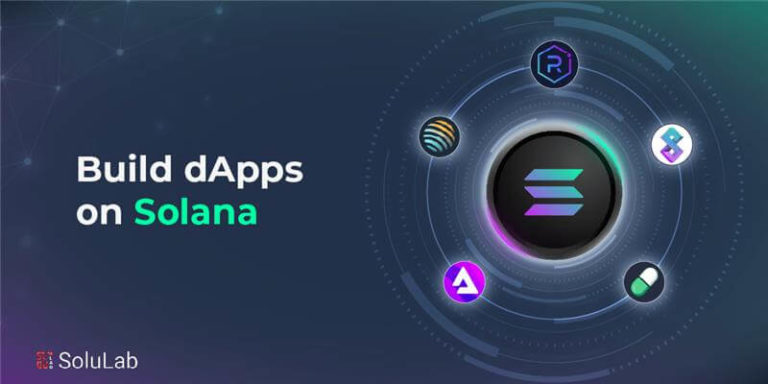
2020 introduced an explosion of uncertainty that people around the globe are told to maintain physical distances from each other. These unusual conditions have prompted the bulk of the people and companies to switch to a virtual approach to working.
If you had heard and learned of the Zoom Video Conferencing application before COVID-19 pandemics, then you probably belong to the technology industry. But now, any video call is synonymous with that. Corporate staff, university students, and several others are depending on Zoom to host workshops, lectures, and webinar sessions due to the worldwide lockdown.
Many are becoming increasingly dependent on conference calls to ensure that the work is done smoothly. The following situation lays the groundwork for apps like Zoom that have ascertained to be excellent business platforms for holding meetings. Applications such as Zoom are now continually being used to stay in contact with friends and family members, holding online courses to ensure the lines of communication are still available.
Why has Recent Times Zoom Soared to Fame?
Web conference tools are plentifully available. That being said, not every platform is suited for holding group meetings involving a large staff. Although most help up to 10 workers, you will be scrambling to find applications that will have more significant numbers of employees.
There is no one size, fits all approach to ensuring the video meetings are running smoothly. Yet Zoom as a video conferencing device has risen to fame in recent times when the technology has been able to satisfy the organizational demands for companies and individuals alike. By empowering HD video conferencing and supporting up to 1000 members in a solitary meeting, Zoom exploited the developing needs of the market that was searching for stages to lead online meetings.
Start-ups and developers, motivated by the growing need for channels for video conferencing, see this as a potential investment opportunity. Many are also keen to create an application like Zoom. So, the query is how to build an app from scratch like Zoom? Let’s work it out.
How and where to start with?
Start With choosing a Platform
You need to agree about the kind of target framework you would be using before you start designing the program. This is important as it helps to assess the cost outlay and the resources available in the production phase.
Where do you need your application to run – Smartphones, Tablets, Laptops, and Desktops? You can pick one or even these stages to have your application. Alternatively, you may opt to use WebRTC which does not limit you exclusively to a single forum, because it will help them all. That said, you can consider an approach that better fits the specifications of your device, the tools available to you, and the budget allocations. To start with, your possible alternatives are to go native or web-based.
So what are native apps and Web-based apps?
- Native Apps
When building a native based application, it is essential to choose an appropriate platform that will be required to deploy the application. Authoritatively, Android and iOS are upheld by their particular programming dialects, precisely, Java and Swift/Objective-C.
Along these lines, you should make a different application for both iOS and Android stages. Besides the conventional method, React Native is one such kind of a framework that allows building and developing native applications. Such kinds of apps that use external framework support can run on both Android and iOS.
- Web-based Apps
A web-based application is a thing that most developers consider first. An application program interface like WebRTC comes inbuilt with every notable software program that is compatible with all primary browsers. With such APIs, the applications are accessible on any of these browsers installed.
Unlike the native based approach, the web-based applications are more practical and advantageous. They do not need any thirst party intermediate tool. For the coding part, one can choose simple HTML, CSS, and JavaScript. These structuring languages help go create the application. Using more powerful mark-up languages like ReactJS, Angular, or Vue would make the application more significant.
Building up a video conferencing application is helpful on the web-based application. It is because many desktop platforms and further work area stages offer it as a default consideration with the system. It is supposed to be perfect for those applications that are hoping to enter both general PCs and laptop markets. In any case, it has been said to function admirably on portable(mobile) devices as well.
On the off chance that you wish to give more capacity to your application, adapting native-based course bodes well. Additionally, if your goal is to help legacy devices, the native route is the best approach as WebRTC APIs don’t uphold it.
- Progressive Web App
Progressive Web App or PWA is an idea that has been as of late picking up in prominence. It joins the best of the web and native. It can be considered as a third alternative while making an application like Zoom.
Characterize Your Video Chat App Features
Since you have your objective stage and opted for a suitable platform, the consequent step is to make a rundown of features and functionalities that will be featured through your application. A great deal will rely upon the prerequisites of your application and the spending allotments.
Here is a rundown of suggested features that can be remembered for building your video-conferencing application.
- Pre-call Video Preview
Permit your application clients to check the camera before participating in a video call. Please enable them to disable video, if they wish to do as such.
- Files and Record Sharing
It is getting a feature that helps users to share data comfortably during an online conference. That said, you must ensure that the software offers a stable environment for specific files to be processed and transported.
- Chat options
While allowing video is a must for online meeting applications, you do need to incorporate a chat feature as an add-on contact platform that users may use during a call.
- Multi-partisan conference
Only if it requires more than two people to access the call would an online meeting device work with the participants? Multi-party conference functionality is a difficult challenge to achieve but is the heart and core of every framework for video conferencing.
Allowing more than ten users to access the call would need sufficient backend help and upgrades to ensure a smooth running of the device.
- Virtual Hand-raising
During an online meeting, mainly when there is a big group of participants, having a virtual hand-raising component allows a user to communicate to the host their desire to speak or voice concerns.
Typically this is achieved by a computer emoji that is built in a hand raising style. Its functionality prohibits many people from communicating at once, thus ensuring consistent and smooth advancement throughout the conference.
- Recording
Recording may be helpful during an online conference for several reasons. That said, if you are contemplating providing this function, then make sure you have storage for those recordings as well.
However, you can also allow the consumer to save the recording on the Cloud or on their computer locally. You will also have protection precautions to ensure unauthorized users are not allowed entry.
- Screen Sharing
Incorporating a desktop area sharing component is key usefulness that proves to be useful. When clients are associating from remote work areas and wish to share the substance of their screens during the online meeting, this feature comes into play.
This is particularly helpful in situations where specialized help is required, and a specialist can control clients to get a particular task done.
- Icons
During a call, providing a button that encourages users to attach amusing filters and icons will help draw a broader user base.This would promote the introduction of more private calls, even if the target group mainly represents a corporate audience.
- Whiteboard
When the program is used for instructional purposes, then a Whiteboard function can support the initiator, or in this situation, the instructor can administer a lesson with a device that can bring visuals to a concept.
- Live Streaming
Live streaming on social media has become extremely popular as a feature. It enables real-time live streaming of audio, video, or otherwise to a specific demographic.
It may be useful in live broadcasting conferences and workshops to a vast number of people from a company background or help the government obtain exposure to crises or rescue missions.
- Surveys
The host will create a questionnaire that is exchanged with the participants while the online meeting proceeds. This poll feature allows the host to collect responses from participants about a particular issue or topic.
The Development Process
- Back-end development
The crucial aspect is to build the server component t for the proper functionality of the video conferencing system right from the outset. Although specific applications can use ready-made BaaS implementations, a video conferencing system needs more sophisticated software, so developing your platform from scratch is easier than that.
- UI / UX code
The code component is arriving next. A good and attractive user interface and user experience is vital to consider. For the first step, the UI will be innate. Future users shouldn’t spend much time understanding how they can execute one feature or another.
Take Zoom’s example; how graphically pleasing it is and how small it is. It will have a captured interface from the UI viewpoint to make users feel comfortable in your site or smartphone video chat device.
- iOS device
The best option will be to us, Swift, to build an iOS-based video conferencing device. Because it is much more precise than Objective-C, Swift is larger.
Also, bear in mind the fact that creating conference apps utilizing third-party platforms is more straightforward and quicker as they dramatically reduce the operation.
- Android app
For Android, the concept behind such an app is much the same, but third-party applications can vary. The key method used by our site and App developers to provide video contact to users is WebRTC that stands for Online Real-Time Communication. This is an open-source platform for real-time communication to be organized, utilizing easy APIs.
- Mute Participants option
The ‘Mute Members’ function will be used when the moderator of a meeting needs to make sure people don’t talk out of turn. This option mutes the microphone of one or more online meeting participants according to the host’s wish.
Conclusion
Zoom has already provided a precedent on how video conferencing applications will operate on the market. The upwards relies exhaustively on the sort of features that you choose to apply to the program and system management. If you are planning to develop an application like Zoom for your business, You can hire companies like SoluLab. It is a leading firm in the market for mobile app development that uses high-end technologies. They have been providing software solutions like Blockchain and Artificial Intelligence to many different industries.




